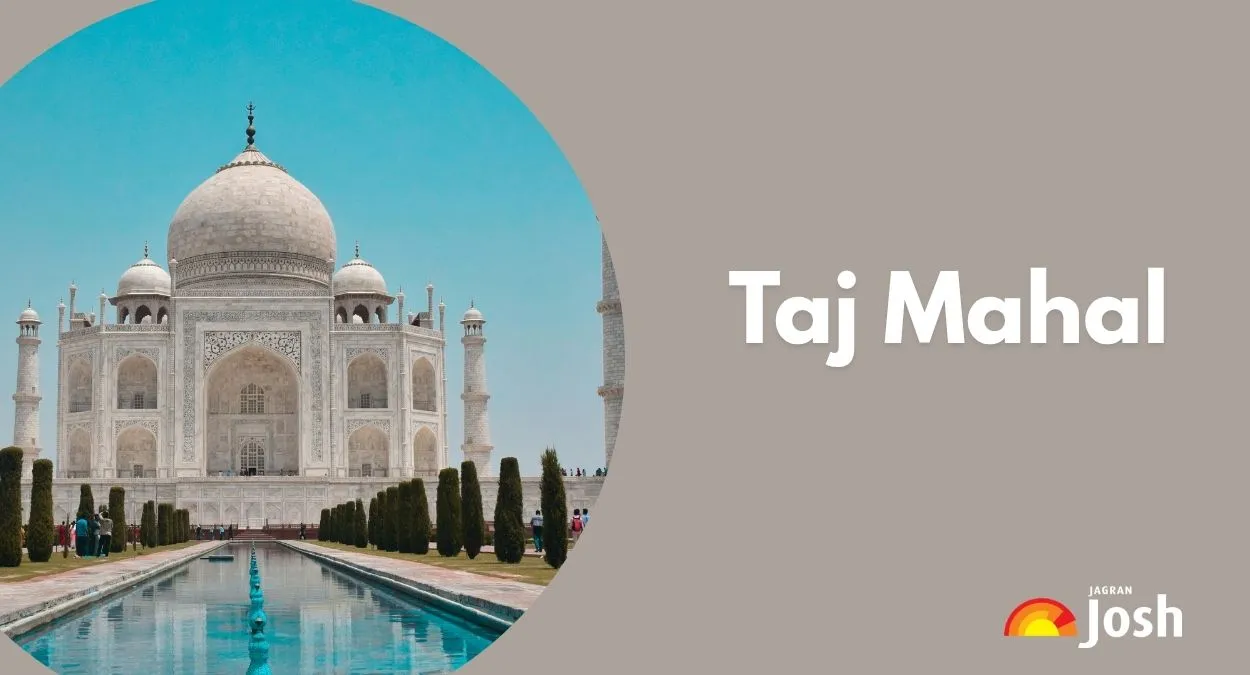Question: Which Mughal Emperor Built the Taj Mahal?
(This question is often asked in various competitive exams like SSC and UPSC.)
A. Shah Jahan
B. Akbar
C. Jahangir
D. Auranzeb
Answer: Option A
In 1632, the Mughal Emperor Shah Jahan built the Taj Mahal. Situated in Agra, Uttar Pradesh, it is known as one of the seven wonders of the world. Shah Jahan built the Taj Mahal as a symbol of eternal love in memory of his beloved wife, Mumtaz Mahal.
The Taj Mahal is a beautiful example of Mughal architecture that blends Islamic, Indian, and Persian architectural elements. It took more than 22 years to finish and was constructed using white marble. The labor of thousands of workers and artisans was needed.
Who built Taj Mahal? is a historical question that is often included in exams to test knowledge about India’s rich culture and architectural heritage.
Taj Mahal Facts
The following are some important Taj Mahal facts to know for candidates who are preparing for any competitive exam:
- The Taj Mahal was built in Agra beginning in 1632 and completed at the end of 1648.
- Ustad Ahmad Lahauri designed the Taj Mahal.
- The tombstone's lines were designed by poet Ghyasuddin, while the dome was made by Turkish artist Ismail Khan Afridi.
- The name of the calligrapher of the Taj Mahal, Amanat Khan Shirazi, appear near the end of an inscription on one of the Taj's gates.
- The height of the central dome is 187 feet. The monument was constructed using red sandstone and white marble.
Related Articles:
